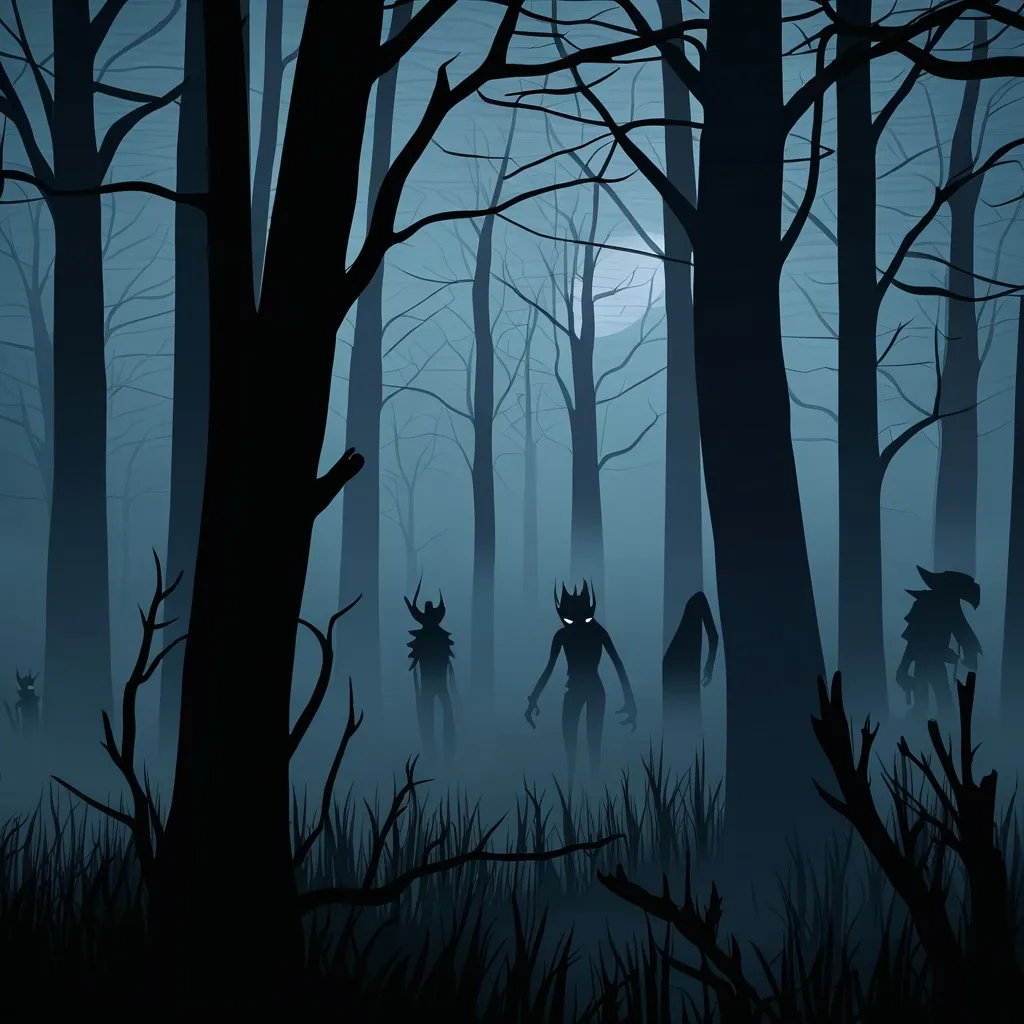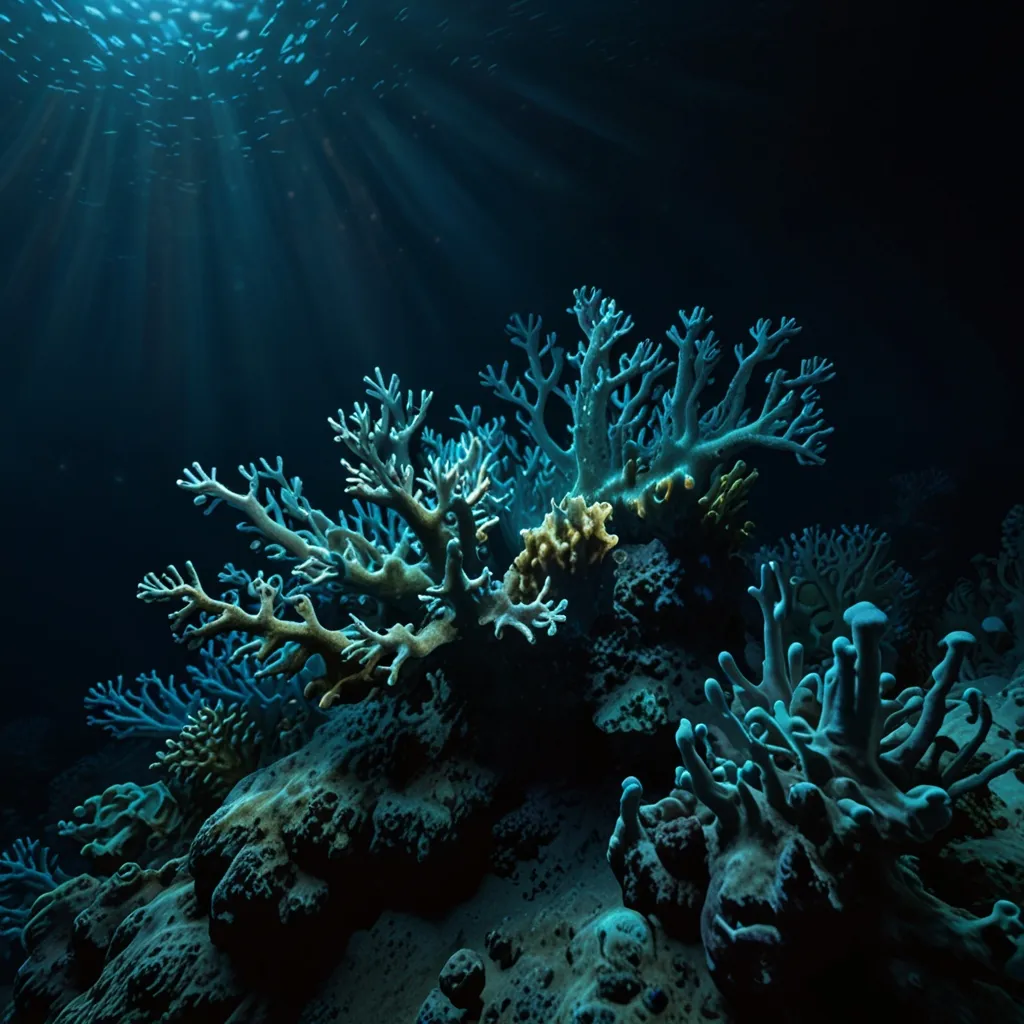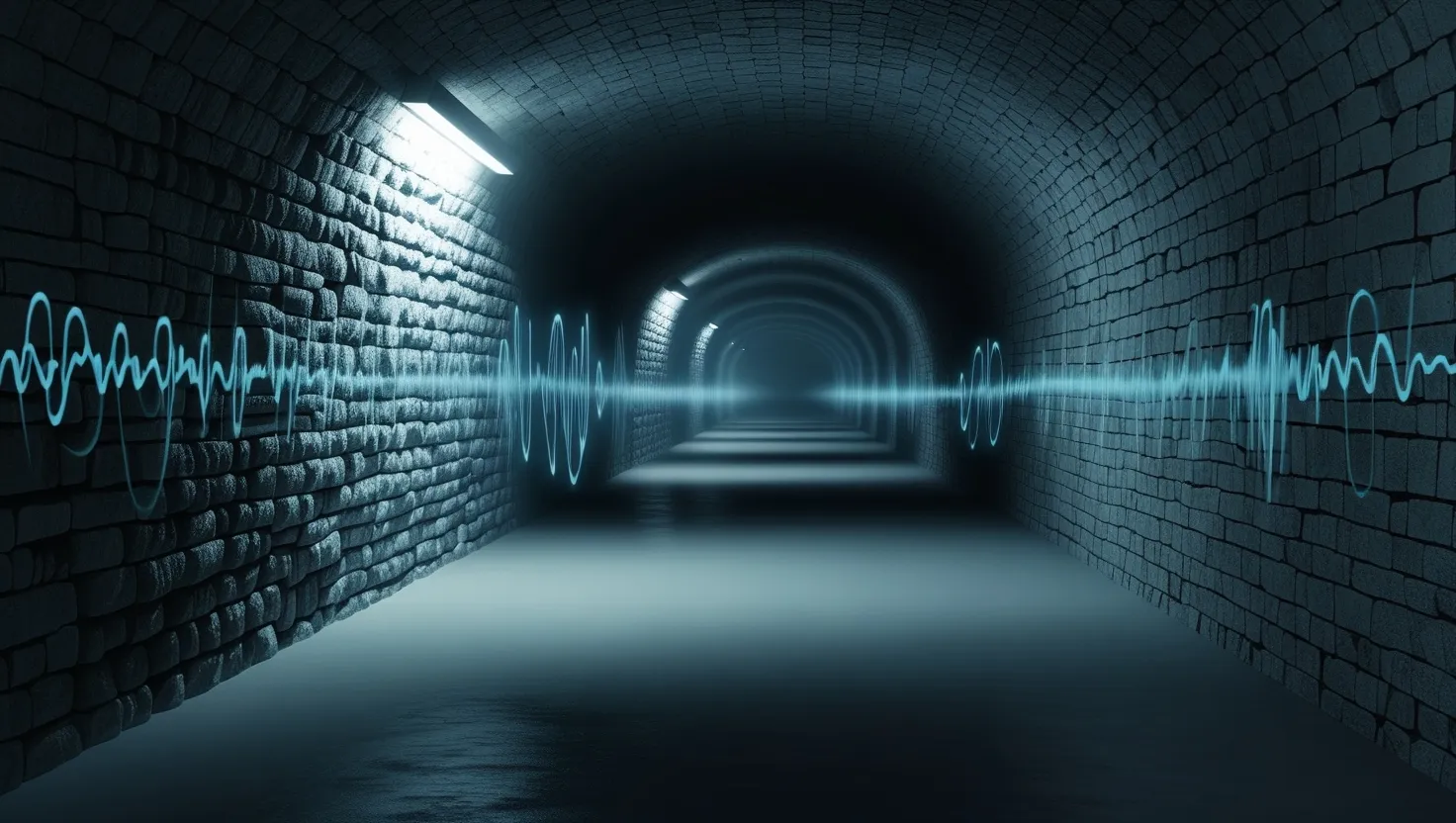Atoms are outrageously, unbelievably small. Imagine taking a single human hair and stacking 500,000 carbon atoms on top of each other to match its thickness. Your fist contains a mind-boggling number of atoms, emerging in trillions. If we were to blow up one atom to the size of a marble, your fist would become as large as the Earth! Still hard to grasp?
Take a look at your little finger. Picture its tip as big as your room. Fill this room with grains of rice; each grain equals one cell of your fingertip. Zoom in on one rice grain until it fills the room. This represents a protein’s size. Now, pack all the spaces between the rice grains with fine sand grains. This imagery gives you a sense of how tiny atoms are.
Atoms comprise three elementary particles: neutrons, protons, and electrons. Neutrons and protons form the core, tightly bound by the strong interaction - a fundamental force. These particles are made of even tinier quarks held together by gluons. Quarks may be point-sized, zero-dimensional entities. We suspect that quarks and electrons are the universe’s most basic matter components. Electrons orbit the core at a mind-blowing speed of 2,200 km/s.
Despite seeming like empty space, 99.999999999999% of an atom isn’t empty at all. This “space” is buzzing with quantum fluctuations and fields brimming with potential energy, which significantly impact how particles interact. Dive deeper, and this topic gets incredibly intricate.
Just for scale, if you took the atoms from the entire Empire State Building and removed all the empty spaces, it’d be the size of a rice grain. All humanity’s atoms squeezed together would fit in a teaspoon! These extreme states can be found in objects like neutron stars, where core density is so high that three Suns’ mass can fit into a space just a few kilometers wide.
Visualize atoms as having electrons that are both waves and particles, residing in probability clouds called orbitals, where electrons are likely found 95% of the time. The chances of finding an electron approach zero the farther you get from the core, yet theoretically, they could be on the other side of the universe.
Atoms make up everything in our universe. With just protons, neutrons, and electrons, you create various elements: hydrogen (one proton, one electron), helium (adding a neutron), carbon, fluorine, gold, and more by adding different combinations. Amazingly, all atoms of an element are identical. The hydrogen in your body is the same as in the Sun.
Yes, it’s utterly perplexing. The universe at this scale defies logic. We haven’t even touched quantum mechanics, which only make things weirder. Our understanding of atoms has evolved significantly and will likely continue. Supporting scientific research is crucial as we wait for the next wave of astonishing discoveries about the very foundation of our existence.






